Greetings from Jerez de la Frontera! I journeyed back to the southwest part of Spain this weekend to visit my friend Jen and to hit up Carnaval in Cádiz, one of the biggest festivals of the year. Blog post chronicling this trip is forthcoming…But for now back to Castilla y León and the rest of my adventures last weekend!
So after saying hasta luego to my favorite city in Spain (Salamanca), I headed back to Ávila to spend the rest of my holiday weekend there with my flatmate Lucía and her awesome family! I was just so excited to be in an actual house where I don’t have to listen to my noisy neighbors and flatmates, and where I don’t have to risk a fire to take a shower or even to cook my own food. It was so nice to be around a family looking after you and cute dog to play with too. There was even central heating-what a luxury!
Now Ávila is a very charming city, located between Salamanca and Madrid. It is very old and very beautiful, and as legend has it, it was founded by one of Hercules’s sons. One of the things that makes it such and interesting place to visit is the fact that the old city is surrounded entirely by medieval walls (1090 CE). In fact these high stone walls are some of the best preserved in Spain, and it is the largest fully illuminated monument in the world. Very cool! I have seen many cathedrals, churches, castles, palaces, towers, and ruins, but I have not seen something like this before. When a city has something unique and distinct to offer its visitors, something very memorable, like Ávila and its walls, it really stays with me. We spent the morning walking along the top of the walls, and MAN was it cold and windy! I was so happy I spent time making my hair look nice-NOT! However, it was really cool to get to see all of these places with Lucía and her parents because they have lived there their entire lives and didn’t mind answering all my annoying questions and pointing out tons of interesting facts to me. Plus I loved hearing how proud they are of their city and country-something I think people tend to neglect back home.
Walking along the medieval walls
Medieval walls or murallas
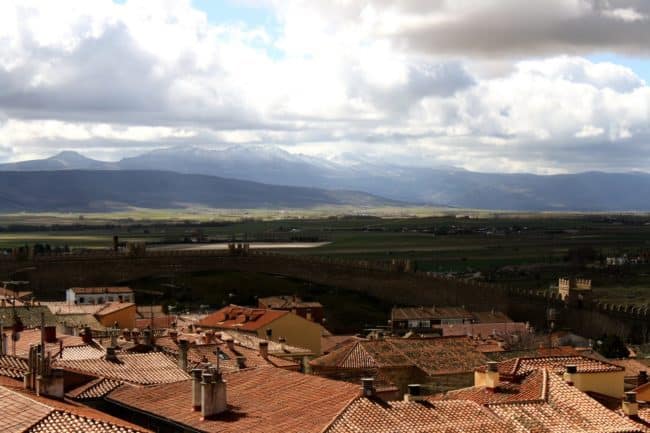 View of the walls, the old Jewish quarter and the snow-capped mountains in the distance
View of the walls, the old Jewish quarter and the snow-capped mountains in the distance
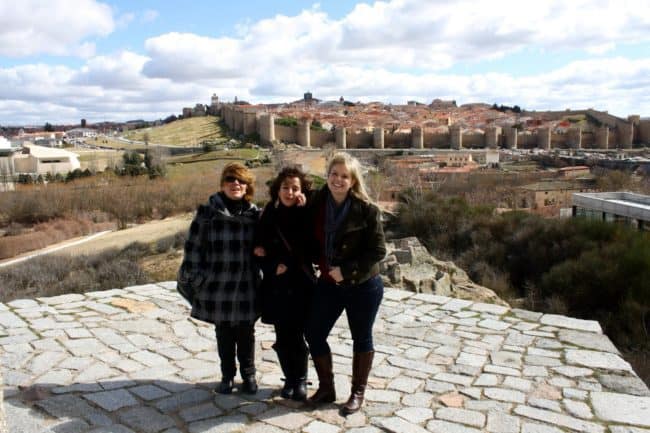 Me and Lucía and her mom at Los cuatro postes
Me and Lucía and her mom at Los cuatro postes
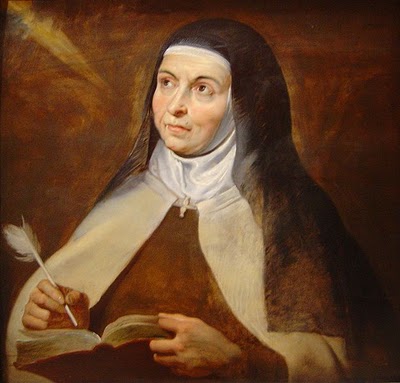 Santa Teresa de Jesús by Peter Paul Rubens (1615)
Santa Teresa de Jesús by Peter Paul Rubens (1615)
After seeing about a billion churches, we headed to the Monasterio de Santo Tomás later that afternoon. It was commissioned by Ferdinand and Isabel and completed in 1492. As the most famous king and queen of Spain, it was fascinating to see this monastery with so many symbols of their reign incorporated into the architecture. It is also where their only son, Don Juan, is buried. Lucía and I spent a lot of time playing around the cloisters and taking silly photos. We even explored some of the unused, unlocked rooms, which I am SURE were off limits, but sure made for some fun adventures. I mean, it’s their fault for not locking those doors and having no security, right? We ended up in the upper level choir where the Catholic Monarchs used to attend Mass. I even got to see the chair that Isabel used to sit in! Since she figured prominently in my thesis last year, I was super excited to see this! I also may or may not have sat in that chair.
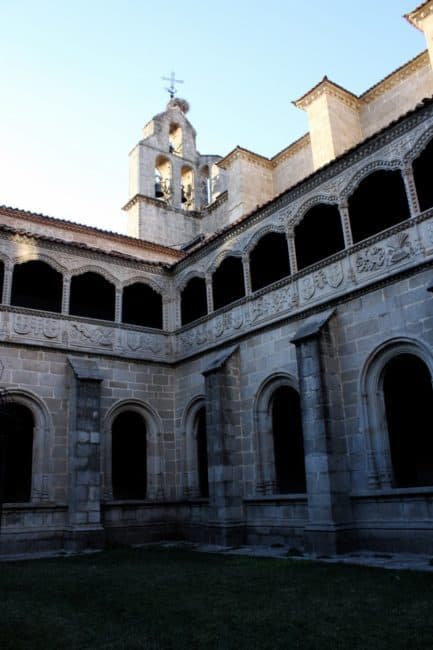 El Real Monasterio de Santo Tomás
El Real Monasterio de Santo Tomás
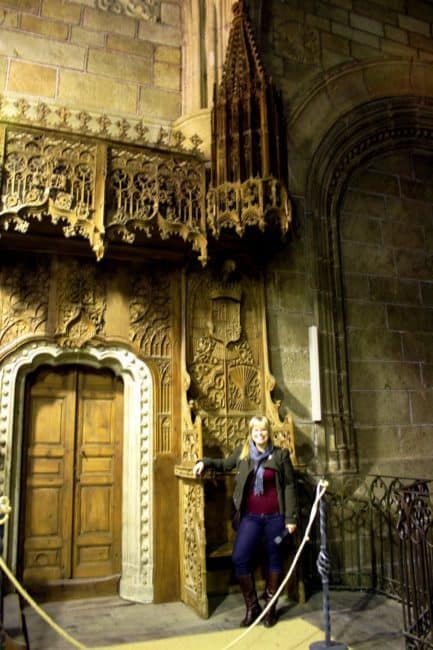 Me and Isabel la Católica’s seat in the choir! EEEEP! And see that door?
Me and Isabel la Católica’s seat in the choir! EEEEP! And see that door?
We totally snuck in there too!
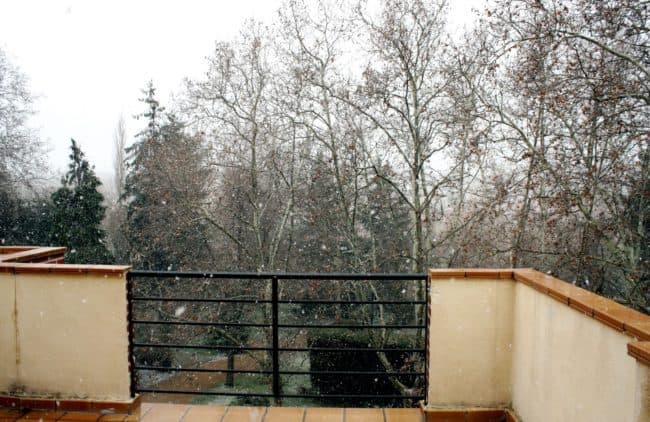 View of the snow from my room that morning
View of the snow from my room that morning
Finally we headed to see the Basílica de San Vicente, a great sandstone Romanesque church with some later Gothic modifications. It was begun in the 11th century supposedly on the spot where San Vicente and his sisters were martyred by the Romans. Anyway, by the end of this trip I had seen enough medieval sandstone churches to last for the rest of the year, but hey this is Spain! Afterward, we stopped at a local bakery so that I could try yemas. Yemas are a typical sweet in Ávila that consist mostly of candied egg yolks. They are basically gooey egg yolks and sugar, and let me tell you, they are NOT so tasty. The consistency is as disgusting as the aftertaste. Take my advice, you should probably just skip this one. We spent the rest of the afternoon relaxing in her house before heading back down to Córdoba. Ávila is a beautiful, almost hidden city that really merits a stop for a day or two on your way to Salamanca or to Portugal. It is a beautiful, quiet little place that if you let yourself visit, I promise you will not be disappointed.
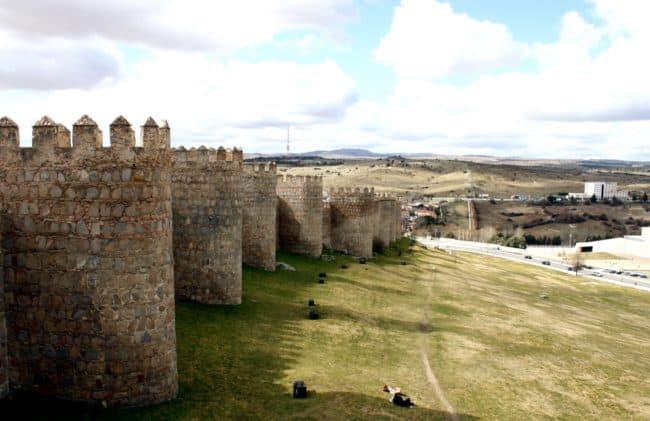
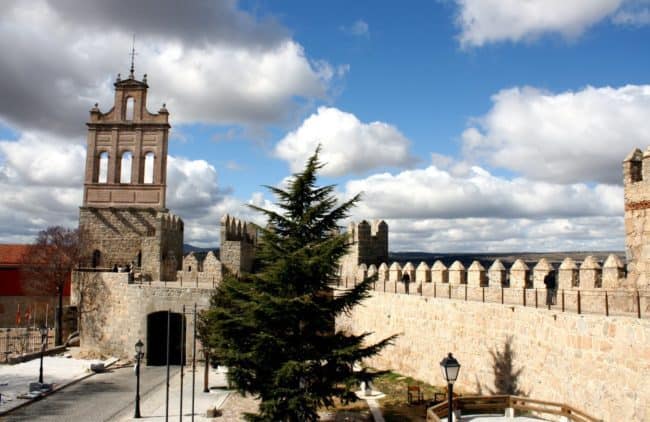
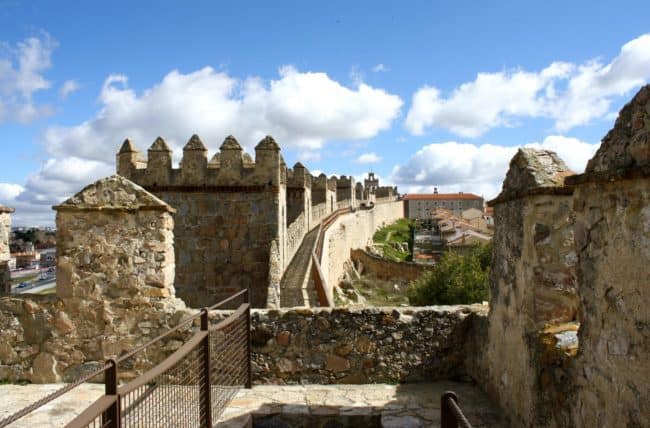
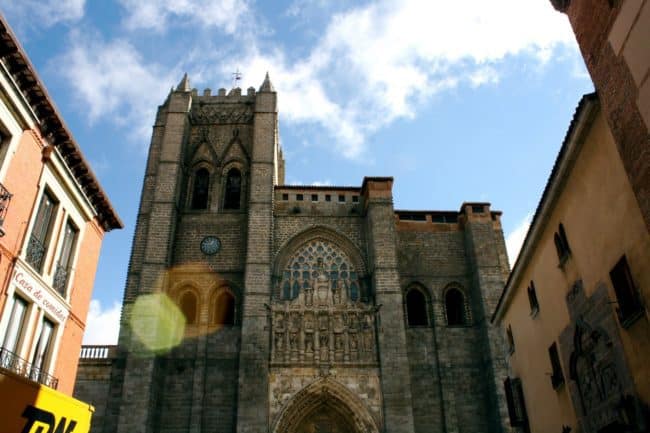
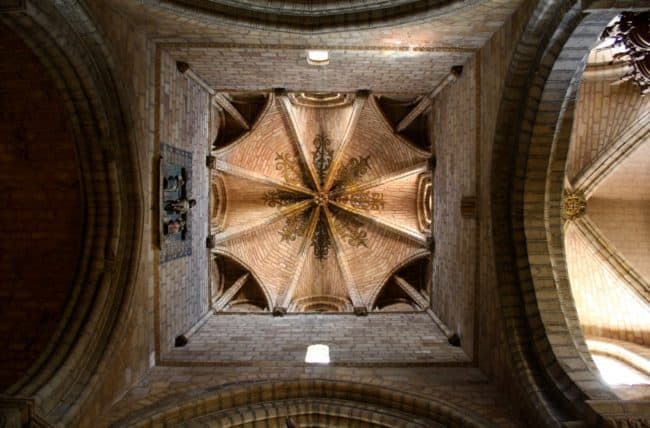

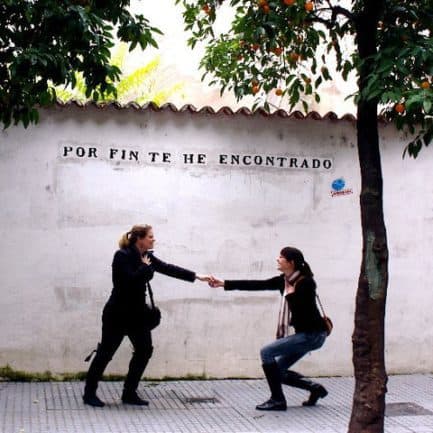
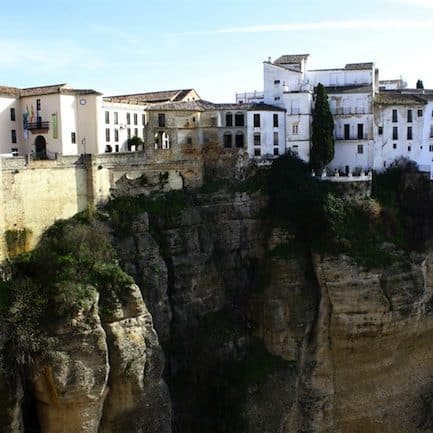
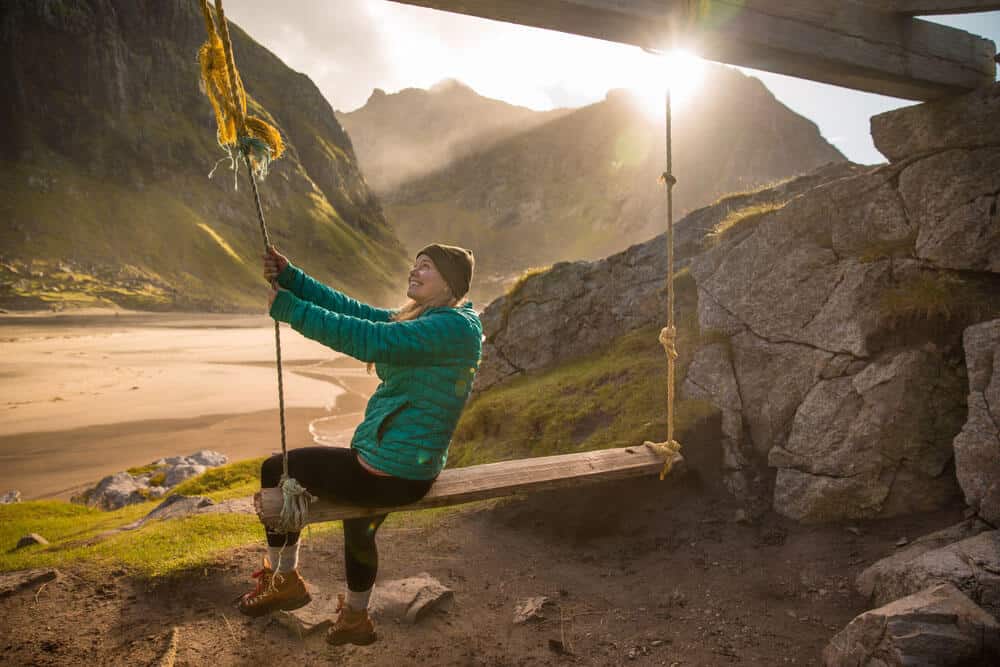
Be the first to comment